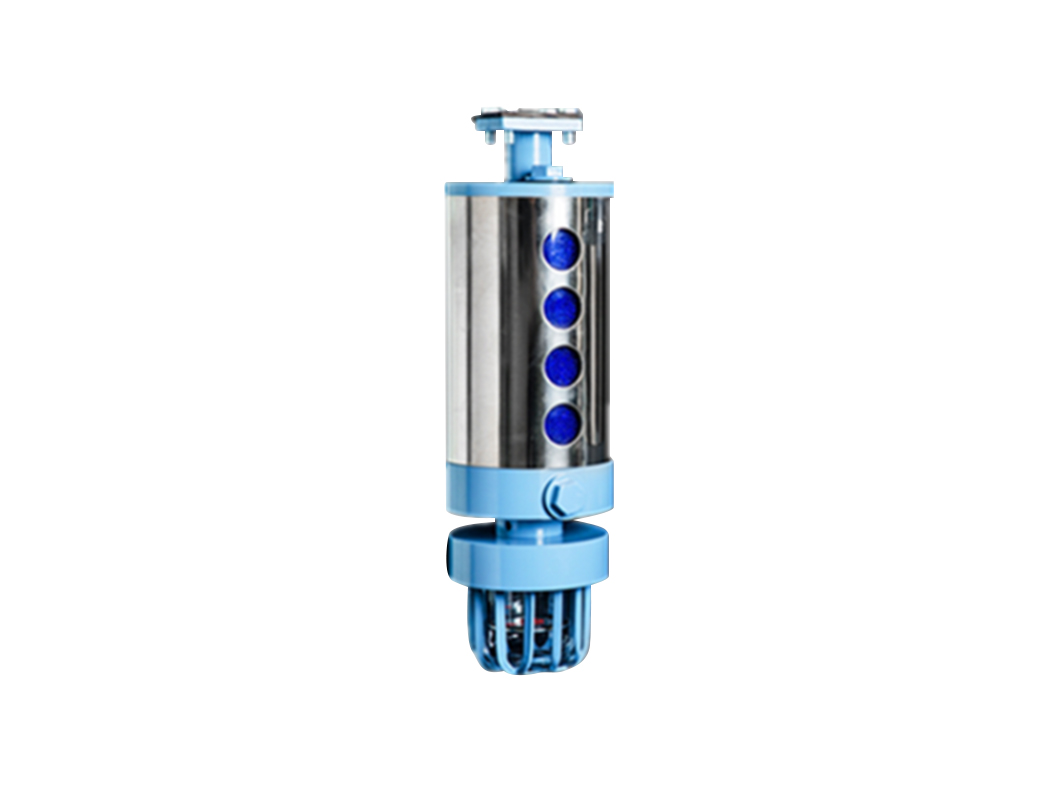Overview of Dehydrating Breathers
A dehydrating breather plays a crucial role in maintaining the health and efficiency of a transformer. This device ensures the air entering the transformer is dry, preventing moisture from compromising the transformer's insulation system.
Functionality of Dehydrating Breathers
Moisture Absorption Process
The primary function of a dehydrating breather is to absorb moisture from the air entering the transformer. This device contains silica gel, a desiccant known for its high moisture absorption capacity. As air passes through the breather, the silica gel extracts moisture, ensuring only dry air enters the transformer.
Indication and Maintenance
Dehydrating breathers come with a color indicator, usually turning from blue to pink, signaling the saturation of the silica gel. Regular maintenance involves replacing or regenerating the silica gel to maintain its moisture-absorbing efficiency.
Impact on Transformer Performance
Efficiency and Cost Benefits
By preventing moisture ingress, the dehydrating breather significantly enhances the transformer's efficiency. Dry insulation minimizes the risk of electrical faults, thereby reducing maintenance costs and extending the transformer's lifespan.
Specifications and Lifespan
The efficiency of a dehydrating breather depends on various factors like size, silica gel quality, and environmental conditions. Typically, a well-maintained breather can last several years, but this varies based on the transformer's operational environment and breather capacity.

Conclusion
In conclusion, the dehydrating breather is an indispensable component of a transformer, crucial for preserving its efficiency, reducing operational costs, and prolonging its lifespan. Regular maintenance and timely silica gel replacement are key to its effective functioning.